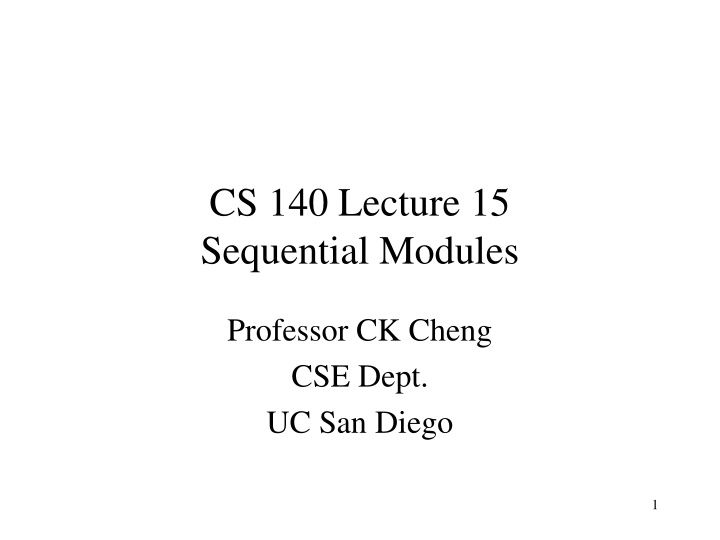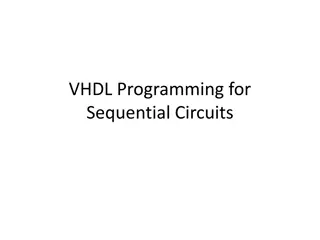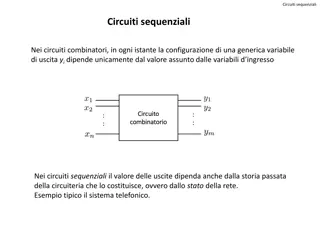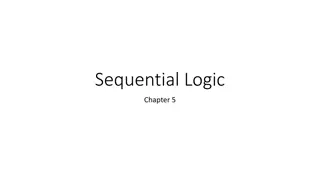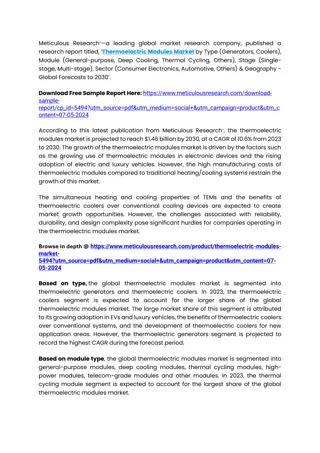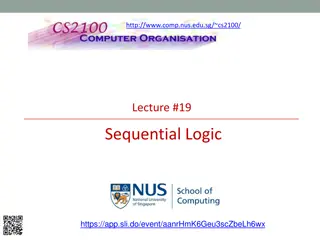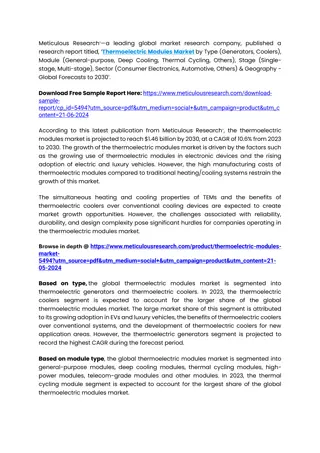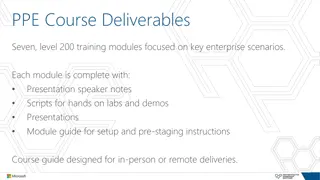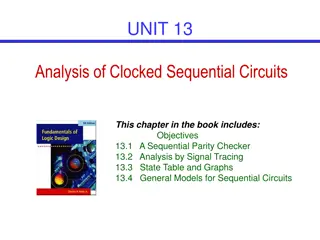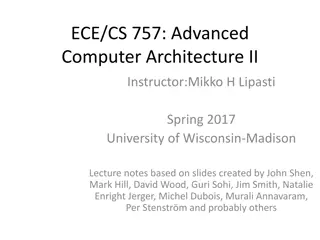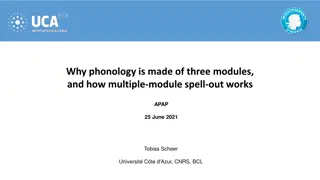CS 140 Lecture 15 Sequential Modules
"Explore the world of standard sequential modules like serial adders, multipliers, registers, and counters in computer science. Delve into the motivation behind using serial adders and multipliers, understanding their tradeoffs, FPGA architecture utilization, and more. Learn about serial adder operations, D flip-flop usage, multiplication through serial addition, register functionalities, and various types of counters. Dive deep into the sequential machine concepts. Enrich your knowledge on these fundamental components of digital systems."
Download Presentation

Please find below an Image/Link to download the presentation.
The content on the website is provided AS IS for your information and personal use only. It may not be sold, licensed, or shared on other websites without obtaining consent from the author.If you encounter any issues during the download, it is possible that the publisher has removed the file from their server.
You are allowed to download the files provided on this website for personal or commercial use, subject to the condition that they are used lawfully. All files are the property of their respective owners.
The content on the website is provided AS IS for your information and personal use only. It may not be sold, licensed, or shared on other websites without obtaining consent from the author.
E N D
Presentation Transcript
CS 140 Lecture 15 Sequential Modules Professor CK Cheng CSE Dept. UC San Diego 1
Standard Sequential Modules 1. Serial Adders 2. Serial Multipliers 3. Register 4. Counter 2
Motivation for Serial Adders and Multipliers Tradeoff of silicon area and system performance Perform process in a series of time Utilization of FPGA architecture Slice operation bitwise Metrics of Cost, Speed, and Power Ad: Cheaper hardware, Fit for FPGA architecture, Pipelining for excellent throughput Dis: Longer latency 3
Serial Adder: Perform serial bit-addition At time i, read ai and bi. Produce si and ci+1 Internal state stores ci. Carry bit c0 is set as cin a3 b3 a0 b0 cin ai a Serial Adder si sum bi b cout s3 s0 4
Serial Adder using D F-F ai C2 bi si D DQ Q C1 Clk Feed ai and bi and generate si at time i. Where is ci and ci+1? 5
Serial Adder using a D Flip-Flop id 0 1 2 3 4 5 6 7 ai 0 0 0 0 1 1 1 1 bi 0 0 1 1 0 0 1 1 ci 0 1 0 1 0 1 0 1 ci+1si 0 0 0 1 0 1 1 1 0 1 1 0 1 0 0 1 D=ci+1 Q=ci 6
Serial Adder using a D Flip-Flop Logic Diagram ai bi si DQ ci Q Clk 7
Multiplication using Serial Addition 3 X 5 = 15 011 1 0 1 a2 a1 a0 b2 b1 b0 x x 0 1 1 0 0 0 0 1 1 0 1 1 1 1 a2b0 a1b0 a0b0 a2b1 a1b1 a0b1 a2b2 a1b2 a0b2 + + m5 m4 m3 m2 m1 m0 For m=AxB, set m(0)=0 At time i, perform m(i+1)=m(i)+Abi2i 8
Register D LD CLR Clk Q Q (t+1) = (0, 0, .. , 0) if CLR = 1 = D = Q (t) if LD = 1 and CLR = 0 if LD = 0 and CLR = 0 9
Counter Program Counter Address Keeper: FIFO, LIFO Clock Divider Sequential Machine 10
Counter Modulo-n Counter Modulo Counter (m<n) Counter (a-to-b) Counter of an Arbitrary Sequence Cascade Counter 11
Modulo-n Counter D CNT TC Clk LD CLR Q Q (t+1) = (0, 0, .. , 0) if CLR = 1 = D = (Q(t)+1)mod n = Q (t) TC = 1 = 0 if LD = 1 and CLR = 0 if LD = 0, CNT = 1 and CLR = 0 if LD = 0, CNT = 0 and CLR = 0 if Q (t) = n-1 and CNT = 1 otherwise 12
Modulo-m Counter (m< n) Given a mod 16 counter, construct a mod-m counter (0 < m < 16) with AND, OR, NOT gates Q3 Q2 Q1 Q0 m = 6 3 2 1 0 CLR CLK CNT X D3 D2 D1 D0 LD Q2 Q0 0 0 0 0 Set LD = 1 when X = 1 and (Q3Q2Q1Q0) = (0101), ie m-1 13
Counter (a-to-b) Given a mod 16 counter, construct an a-to-b counter (0 < a < b < 15) A 5-to-11 Counter Q3 Q2 Q1 Q0 CLR Clk CNT X D3 D2 D1 D0 LD Q3 Q0 (b) Q1 0 1 0 1 (a) Set LD = 1 when X = 1 and (Q3Q2Q1Q0) = b (in this case, 1011) 14
Counter of an Arbitrary Sequence Given a mod 8 counter, construct a counter with sequence 0 1 5 6 2 3 7 When Q = 1, load D = 5 When Q = 6, load D = 2 When Q = 3, load D = 7 Q2 Q1 Q0 CLR Clk CNT X D2 D1 D0 LD Q2 Q0 Q2 Q0 Q0 Q1 Q0 15
Counter of an Arbitrary Sequence Given a mod 8 counter, construct a counter with sequence 0 1 5 6 2 3 7 K Mapping LD and D, we get IdQ2Q1Q0 LD D2 0 000 1 001 2 010 3 011 4 100 5 101 6 110 7 111 D1 - 0 - 1 - - 1 - D0 - 1 - 1 - - 0 - 0 1 0 1 - 0 1 0 - 1 - 1 - - 0 - LD = Q2 Q0 + Q2Q0 D2 = Q0 D1 = Q1 D0 = Q0 16
Counter of an Arbitrary Sequence Example: Count in sequence 0 2 3 4 5 7 6 Q2Q1Q0 LD D2 1 - 0 0 0 1 1 1 Id 0 000 1 001 2 010 3 011 4 100 5 101 6 110 7 111 D1 1 - - - - 1 0 1 D0 0 - - - - 1 0 0 LD = 1 D = 2 When Q(t) = 0 LD = 1 D = 7 When Q(t) = 5 LD = 1 D = 6 When Q(t) = 7 LD = 1 D = 0 When Q(t) = 6 0 - - - - 1 0 1 Through K-map, we derive LD = Q2 Q1 + Q2Q0 + Q2 Q1 D2 = Q0 D1 = Q1 + Q0 D0 = Q1 Q0 17
Cascade Counter A Cascade Modulo 256 Counter Q7,Q6,Q5,Q4 Q3,Q2,Q1,Q0 TC0 Q3Q2Q1Q0 Q3Q2Q1Q0 CNT CNT X TC TC Clk Clk LD LD D3D2D1D0 D3D2D1D0 D7,D6,D5,D4 D3,D2,D1,D0 18
Cascade Counter TC = 1 when (Q3,Q2,Q1,Q0 )=(1,1,1,1) and X=1 (Q7 (t+1) Q6 (t+1) Q5 (t+1) Q4 (t+1) ) = (Q7 (t) Q6 (t) Q5 (t) Q4 (t) ) + 1 mod 16 when TC0 = 1 The circuit functions as a modulo 256 counter. Time Q7-4 TC0 Q3-0 0 0 0 0 1 0 0 1 2 0 0 2 3 0 0 3 13 14 15 16 17 18 19 0 0 0 0 0 1 13 14 15 0 1 0 1 0 1 1 0 2 1 0 3 19
